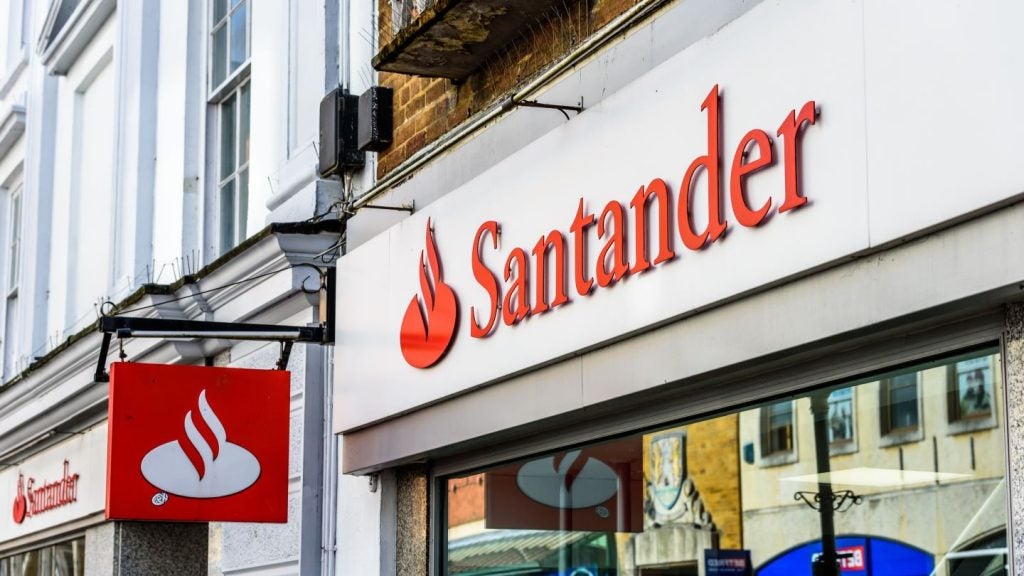Lessors are increasingly making use of brokers to source
business. But how long will this last?
2007 is set to be a record year for the amount of
broker-introduced asset finance business in the UK. Whereas some
£3.1bn of broker business was introduced during 2006 (out of a
total asset finance figure of £26.5bn) the figure is likely to
reach £3.9bn in 2007 (out of a total of £27.8bn) – some 23 per cent
up over the previous year.
Chris Stamper, CEO of ING Lease (UK), told delegates that he
believes this is a trend that is likely to accelerate rather than
decrease. He said: “Comparing the figures for 2005 and 2006 it is
clear that all sectors of leasing experienced an increase in broker
sourced business.”
Operating leases from brokers increased by 50 per cent during
this period, finance leases by 23.6 per cent, hire purchase by 21
per cent and other leases by 32.6 per cent. Hire purchase comprised
47.6 per cent of the total business introduced by brokers, finance
leasing 29.6 per cent, operating leasing 10 per cent and other
finance arrangements some 12.8 per cent.
Stamper predicts that as lessors steadily divest themselves of
their “costly” direct sales forces brokers will become ever more
crucial to new business growth plans. “Increasingly,” he said, “a
number of independent broking companies are working alongside
direct sales forces for a number of funders. The result has been a
sea-change in the way that funders view brokers – less as
competitors and more as customers and partners.”
How well do you really know your competitors?
Access the most comprehensive Company Profiles on the market, powered by GlobalData. Save hours of research. Gain competitive edge.

Thank you!
Your download email will arrive shortly
Not ready to buy yet? Download a free sample
We are confident about the unique quality of our Company Profiles. However, we want you to make the most beneficial decision for your business, so we offer a free sample that you can download by submitting the below form
By GlobalDataAlongside greater acceptance of brokers by funders has been
greater investment in technology by intermediaries – particularly
relating to proposal management and search systems. “The result,”
he stressed, “has been a more consistent and known service
delivery.”
By sector, equipment finance introduced by brokers is the
largest at £815.7m or 26.1 per cent of the total for 2006 (see
chart 2). This is followed by plant and machinery at £651.4m (20.9
per cent), commercial vehicles at £587.2m (18.8 per cent), and new
cars at £520.5m (16.7 per cent).
Broker sectors
The largest brokers commonly operate in the sales aid and office
equipment sectors and are now often difficult to differentiate from
their funders. Stamper explained: “They invariably use their own
documentation and in some instances their own book and collection
processes. They sometimes have their own proposal management
software and are able to grant automatic acceptance as well as
successfully deal in an aggressive sales environment and cope with
heavy service demands from their funders.”
In the general asset finance sector smaller brokers are more
active. “Many of these brokerages,” Stamper said, “are established
by ex-finance company employees. They sometimes employ and train
individuals from outside the industry, and their unique selling
points are their deep knowledge of assets and their geographical
locations. Although these brokers are far more traditional than
their larger cousins, there is evidence that they are increasingly
willing to invest in specialist software packages and become more
automated.”
Agriculture
In the agriculture finance sector brokers are very specialist
and trade off their relationships with farmers. “Although very
traditional in their outlook,” Stamper said, “they often piggy-back
relationships lenders have with manufacturers and are often experts
in their assets. There have been recent moves among agriculture
finance brokers to form co-operatives as a protective measure.”
The vexed question of who ultimately owns the customer remains a
sticking point for the leasing industry. Invariably the funder is
unable to cross sell products to broker-introduced customers since
the broker views the client as their own and funders are unwilling
to jeopardise their broker relationships. For the future, funders
could view brokers as competitors, especially those brokers who are
increasing the share of their own book.
Another question for the near future is, with direct sales staff
declining in numbers, will national lenders be less willing to
train their own employees? With whom will responsibility for
investing in people for the good of the industry rest?
“At present, Stamper said, “brokers are critical to new business
generation. Ultimately, however, brokers need funders – but will
funders need brokers?”









